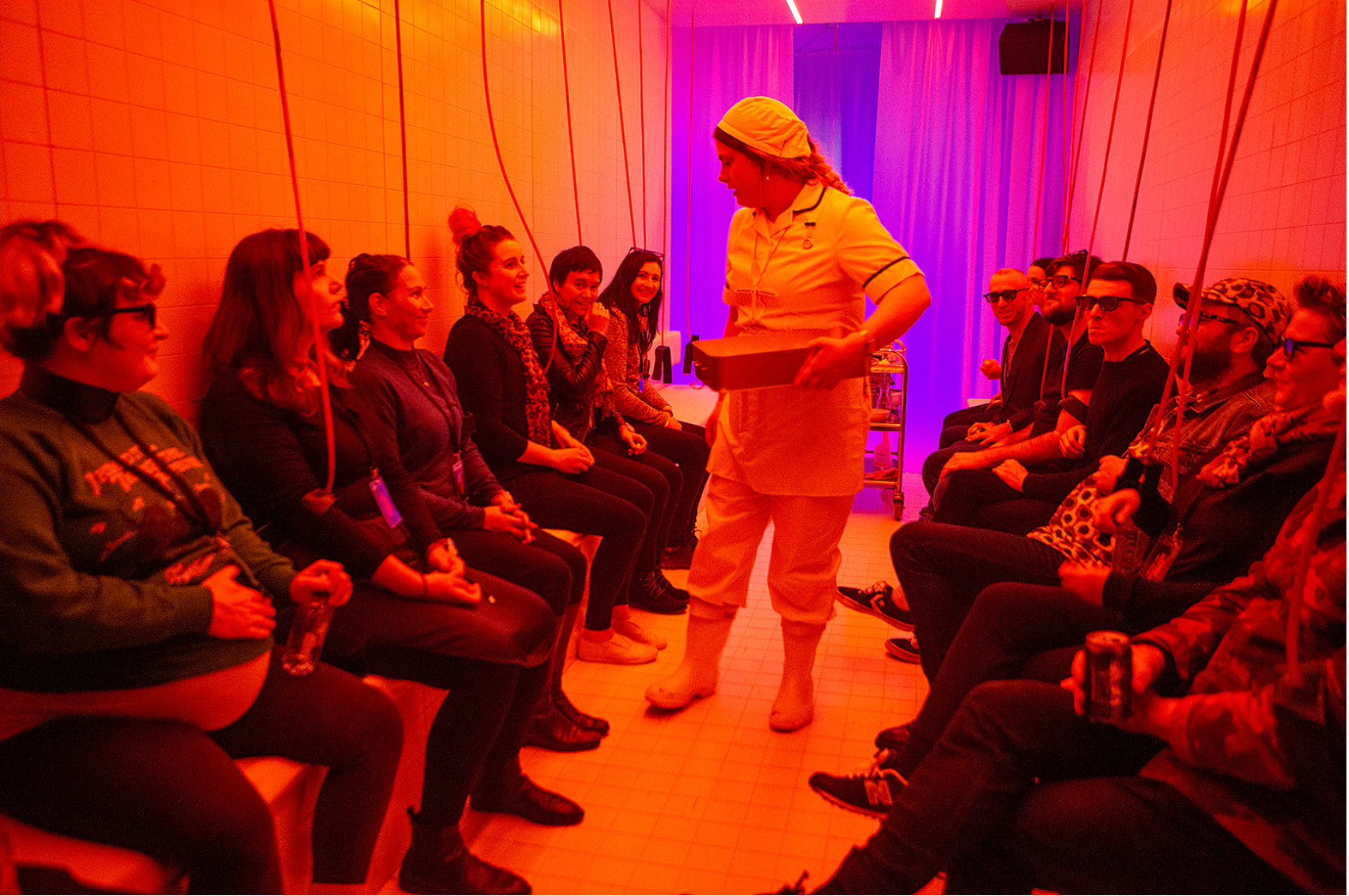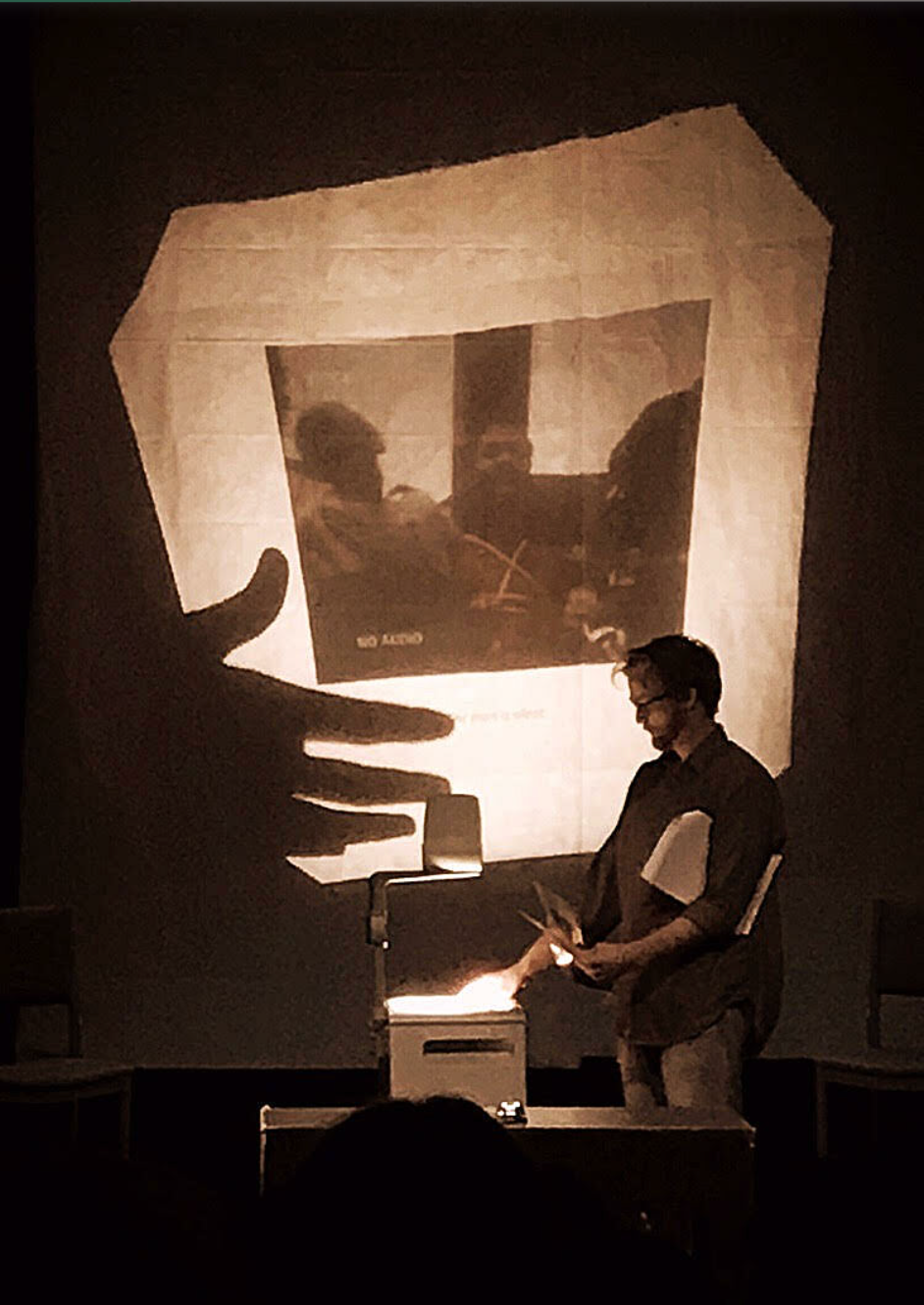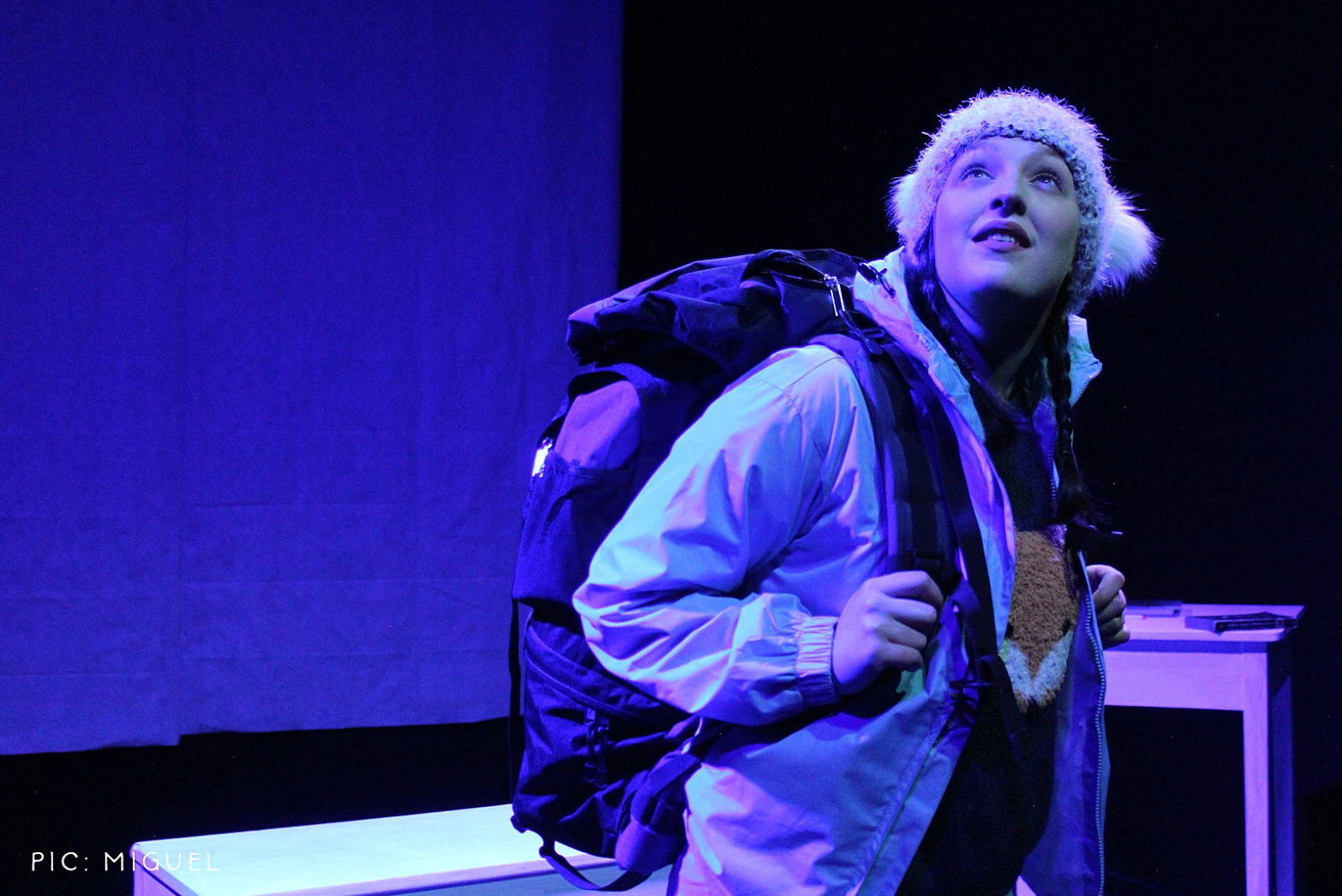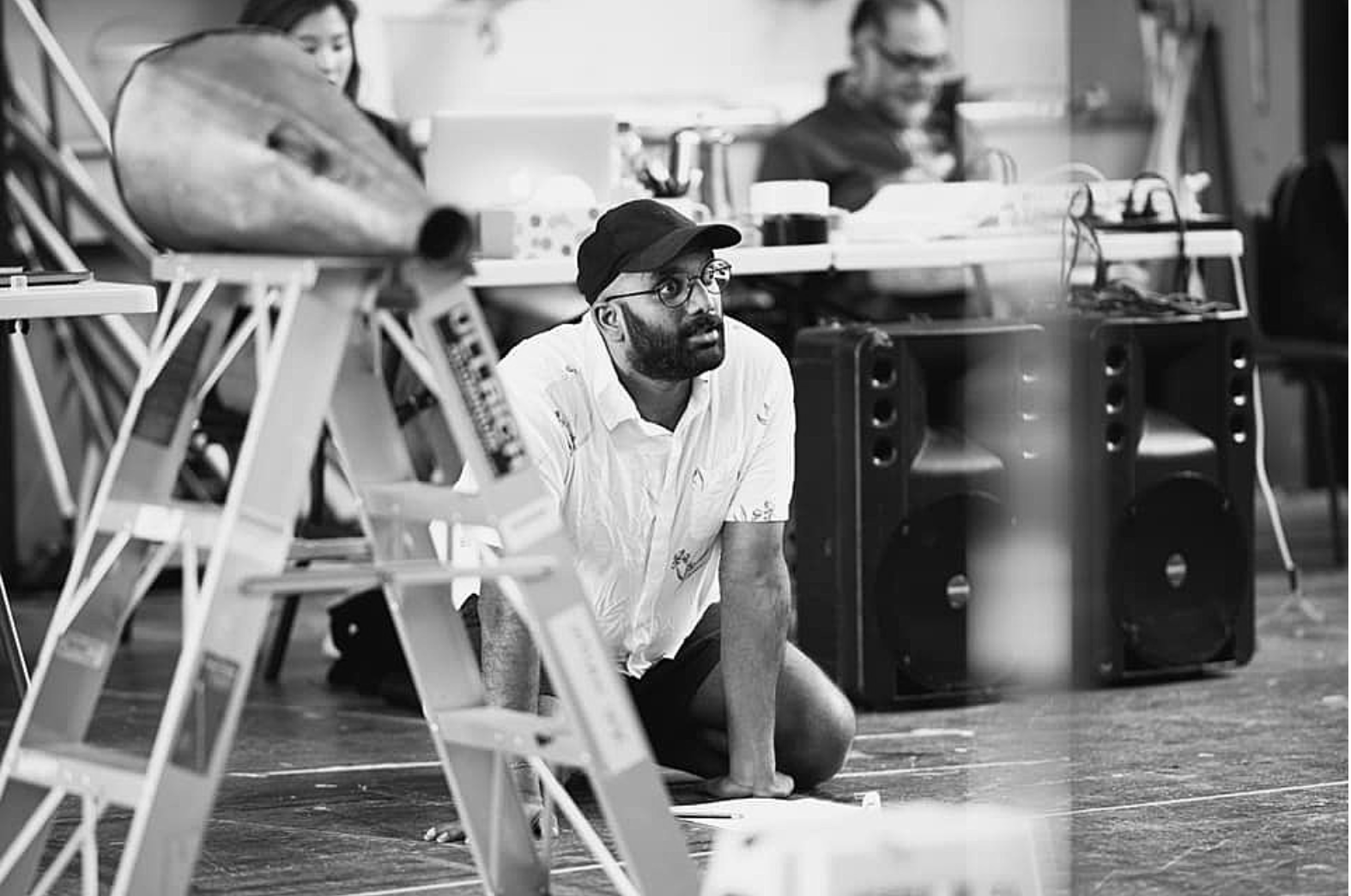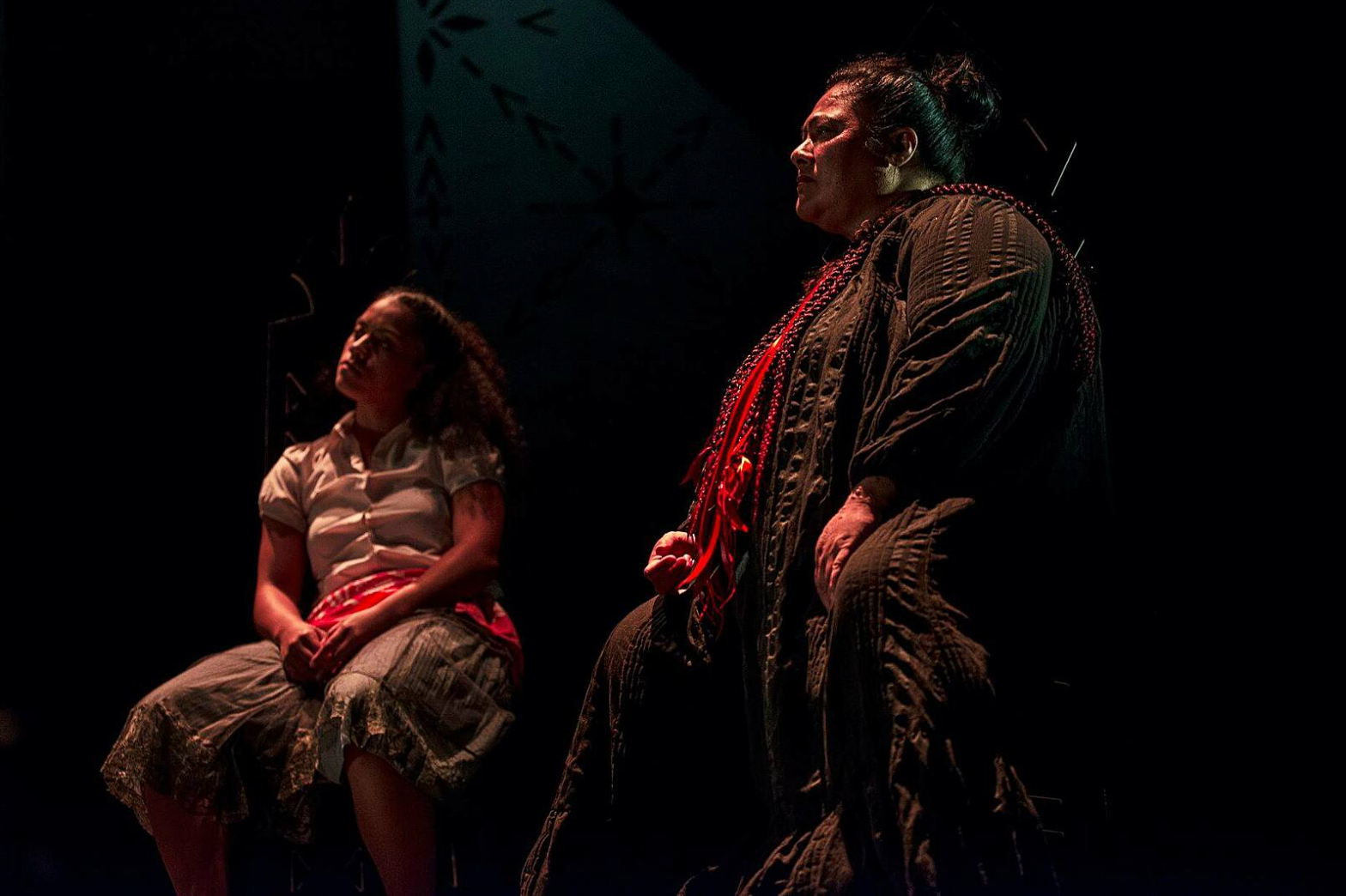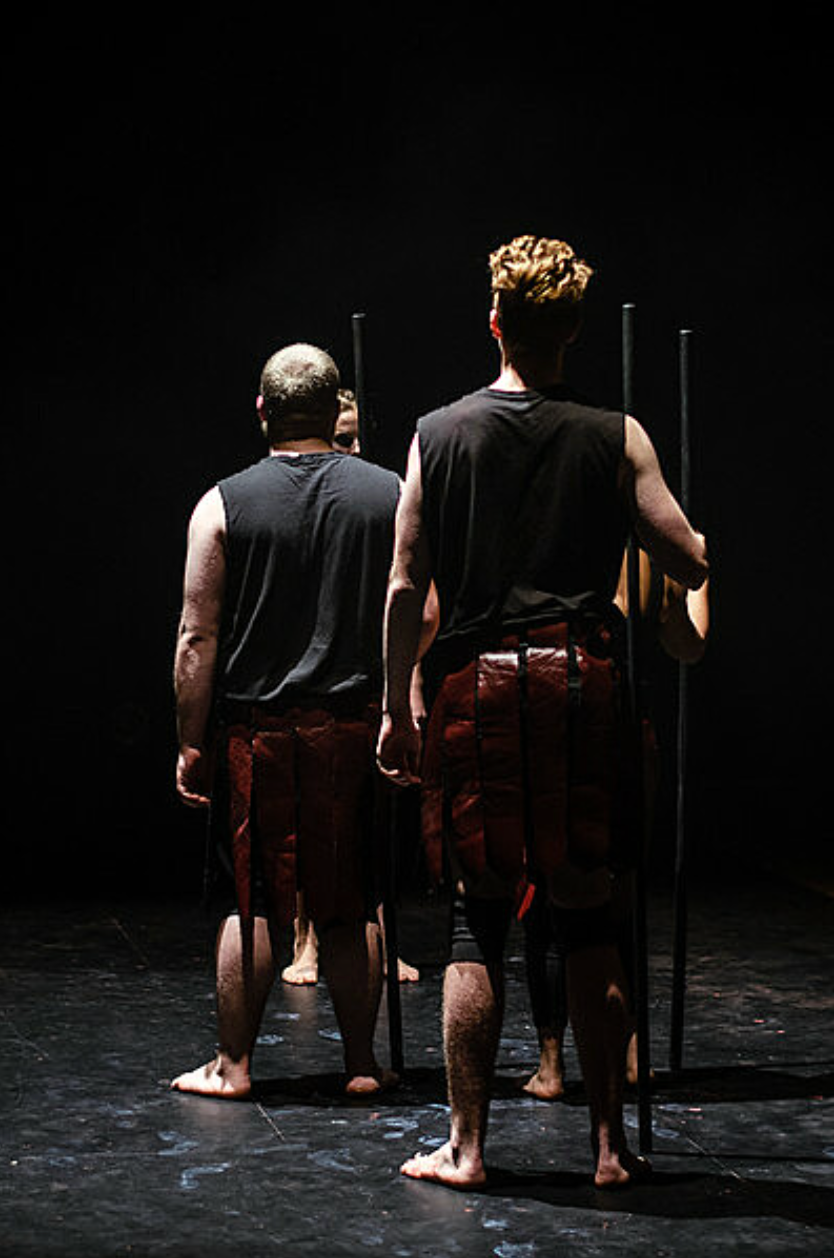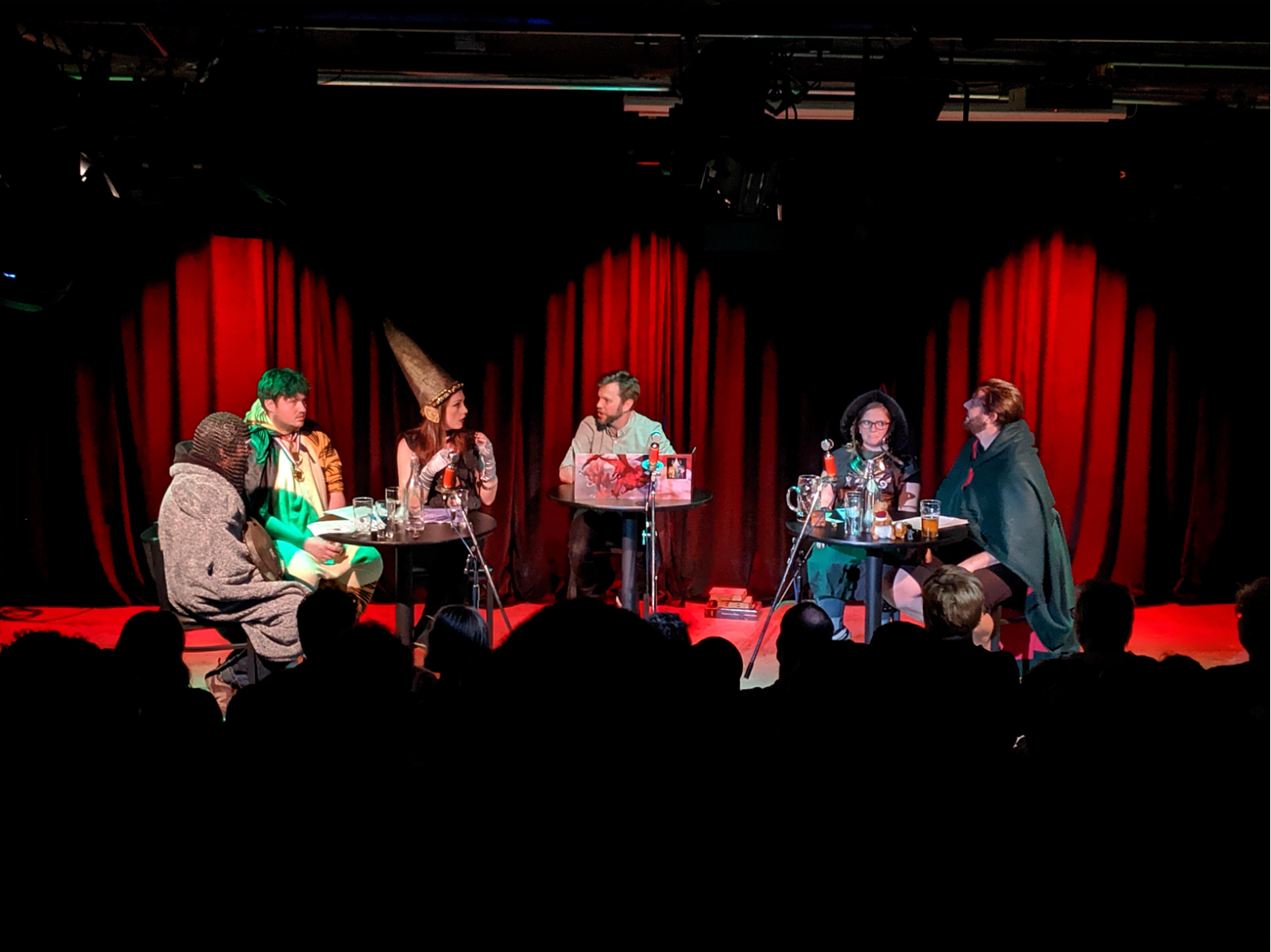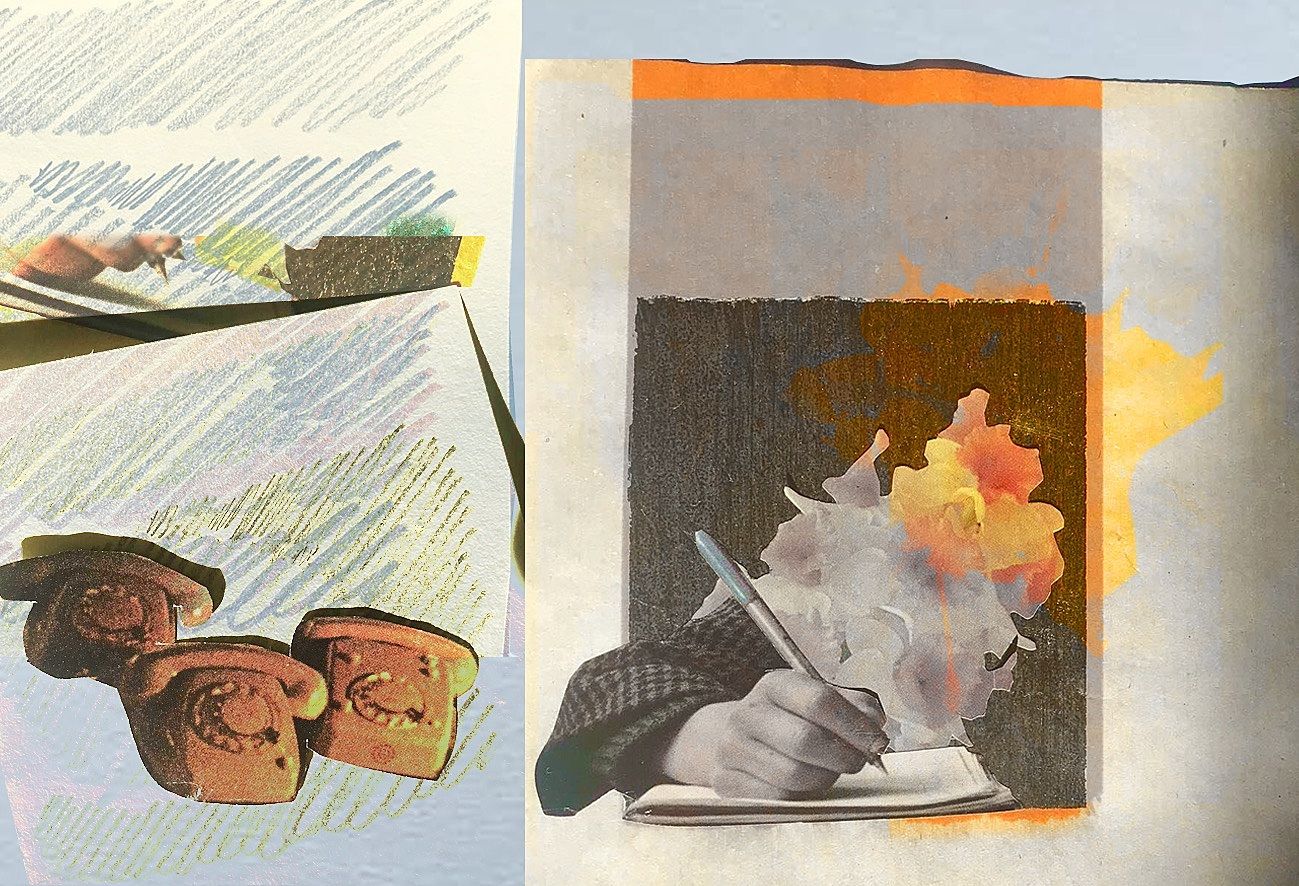Ten Moments in Aotearoa Theatre 2019
Our favourite theatre experts from across the country – James Wenley, Emily Duncan, Erin Harrington and our director Kate Prior – reflect on the best moments in the dark in 2019.
Our favourite theatre experts from across the country – James Wenley, Emily Duncan, Erin Harrington and our director Kate Prior – reflect on the best moments in the dark in 2019.
Te Whanganui-a-Tara
Kia ora Nan
In Pakaru, the electrifying centre of the Kia Mau Festival, Mitch Tawhi Thomas used Rashomon-stylings to explore a whānau tragically smashing apart just as they are trying to tether back together. Watching in the front row was Hāpai productions producer Nancy Brunning, who Thomas credits as a driving force behind Pakaru, even threatening to move in with him to make sure he finished his script. Nan passed away on the 16th November. Her presence was keenly felt at the Playmarket Accolades held at the Hannah Playhouse the next day. There was an emotional reunion of some of the original cast of Hone Kouka’s Waiora (1996), and Nancy was awarded the Bruce Mason award for her recent playwriting. It was the first public announcement of a series of awards that had been presented to Nan before her death, also being recognised by the Wellington Theatre Awards and Te Waka Toi Awards.
In a year in which we also said goodbye to Ray Henwood, the face of Circa, and Raymond Boyce, Hannah Playhouse designer, we were reminded of the importance of industry tuakana and keeping our theatrical whakapapa at the forefront of our memory. In a scene from Waiora performed at the Accolades, Pakaru cast member Neenah Dekkers-Reihana played Rongo, the role originated by Nan. In a powerful speech at the Wellington Theatre Awards, Neenah expressed how Nan always encouraged honesty. This inspired Neenah to describe the cultural labour she had had to carry on a winning production, challenging the industry to be explicit when seeking cultural consultancy and to pay accordingly. Nan’s presence was a constant in Pōneke theatre this year, and her presence will continue to be felt for years to come. — JW
Getting Immersive
Taika and Jermaine’s What We Do in the Shadows has spawned vampire franchise that just keeps on sucking: a US TV show, a local police spinoff, a display in the Wellington museum, and now immersive theatre. Asking “What will you do in the shadows?”, the film was chosen as the inspiration for the first year of Second Unit, a Secret Cinema-esque initiative from the team behind the New Zealand Festival to produce a major project outside of festival time (and thereby offering a much needed blood transfusion to Welly creatives). The marketing campaign contorted itself to attract warm millennial bodies (whatever you do, don’t label it theatre!) and get them through the door (Must. Not. Reveal. The. Secret. Waterfront. Location. Is. Actually. Just. Circa.) While the execution was a tad underwhelming (the major set piece involved us sitting in cars while a sole vampire walked around banging on the windows), you might just have been lucky enough to be there on the night that Officers Minogue and O’Leary raided the film set. Later in the year it was BATS’ turn to get the immersive treatment, with Second Unit director Stella Reid teaming with Neenah Dekkers-Reihana in ransom., transporting us to a future NZ captured by alt-right interests. Alongside Jo Randerson’s interactive waterfront tour Captain Cook Thinks Again, it is exciting that participatory theatre forms are being used to unravel Aotearoa’s ongoing colonial hangover. And with more Second Unit on its way, Pōneke has had a bite of the immersive experience and thirsty for more. — JW
A Cry of Love: A Boy Called Piano
In 2016, The Conch toured The White Guitar throughout Aotearoa, the story of the Luafutu family told by Fa’amoana John and his sons Matthias and Malo (aka Scribe). Against a backdrop of tragedy and social injustice, a profound aspect of the work was Fa’amoana’s nightly atonement for how he had mistreated his boys, and his quest for redemption and growth. Debuting as a development season at BATS (The Conch returning to the venue where they performed their first play Vula in 2002), A Boy Called Piano was a resonant companion to The White Guitar, directors Nina Nawalowalo and Jim Moriarity and co-writer Tom McCrory collaborating with Fa’amoana to tell a crucial part of his life story – Fa’amoana’s childhood experience as a ward of the state in the 1960s.
With Matthias playing his father, light was shone on the appalling abuse and brutalisation of tamariki that has been out of sight and mind for too long. The production underlined why the current Royal Commission of Inquiry into Abuse in Care is so needed, while encouraging us to face continuing injustice such as the removal of tamariki from whanau this year by Oranga Tamariki. At the close of the show we remained in our seats, wiping tears, processing, taking a collective out-breath. It contained intense hurt and pain, but A Boy Called Piano ultimately expressed itself as a cry of love for the past, present and future. As Fa’amoana says, “It has to be heard. Our history has to be faced. May the truth set us free.” In 2020 A Boy Called Piano will embark on a national tour. — JW
Ōtepoti
Ōtepoti Theatre Lab Playwrights Programme
Ōtepoti Theatre Lab was established this year to create development opportunities for emerging local theatre writers, a platform for Southern Aotearoa theatre stories, and to fill the gap left by the demise of the Fortune Theatre’s Studio 4x4 initiative. However, unlike 4x4, ŌTL comprises three programme strands (public, schools, and playwrights) to ensure wider community involvement, made possible with support from CNZ and the Dunedin City Council, and partnerships with Dunedin Fringe Arts Trust, New Zealand Young Writers Festival, UNESCO City of Literature, and the New Athenaeum Theatre. The Playwrights Programme saw three writers, Kelly Hocking (Thief), Simon Anderson (Tableland), and Isaac Martyn (Partially Furnished), work on their short plays one-to-one with a tailor-matched dramaturg over ten weeks before a workshop and public reading presentation with a professional director and actors. Particularly heartening, is that all three of these works are currently in further development towards full-length productions to premiere in 2020, with ŌTL providing on-going support and mentoring. — ED
A Hundred Words for Snow
Rory in A Hundred Words for Snow by Tatty Hennessy is one of those roles I would’ve given my right arm to play as a young actor. The cure for such envy is watching someone else perform the part with captivating mastery and Laniet Swann quite deservedly took home the Emerging Talent gong at this year’s Dunedin Theatre Awards for her 80-minute solo performance. Directed by Ellie Swann and designed by Martin Swann, Snow told the story of a 15-year old’s resilient reckoning with the sudden death of her father. The script’s droll humour was counterbalanced with the stark and poetic evocation of the Arctic in the set and sound design, which combined, took us on a journey through grief that was both authentic and nuanced. Furthermore, the play served one of my ultimate theatre joys by transporting the audience to a part of the world that we may likely never visit. Snow is being toured by Moose of Fire Productions next year and I can’t recommend it enough if you have the chance to see it. — ED
Tāmaki Makaurau
Ahi Karunaharan
There can’t have been many people in theatre this year who had a bigger year than Ahi Karunaharan. The writer/director/performer started his 2019 in Sydney performing with 15 other cast members in landmark Australian/Sri Lankan work Counting and Cracking, Belvoir St Theatre’s most ambitious undertaking in its 35-year history. The play was a critical and box office success and went on to win seven Helpmann Awards. Ahi brought all that energy back home to direct two of his own landmark shows for Auckland mainstages. The first was for Auckland Theatre Company in collaboration with Prayas Theatre: Rohinton Mistry’s A Fine Balance, adapted by Sudha Bhuchar and Kristine Landon-Smith. The second was for Silo Theatre: the Bollywood love note My Heart Goes Thadak Thadak, written by Ahi himself.
A Fine Balance was a swirling, saffron-tinged epic and Thadak Thadak a French farce dressed as a desi-western. In between, Ahi staged Kollywood community activations with Satellites in Sandringham Reserve and executive produced First World Problems, featuring a host of new writing by South Asian creatives. It’s a year that doesn’t come out of nowhere of course – Ahi has been producing, writing and directing his own work and working with the South Asian theatre community for many years. After the success of his Tea in Auckland Arts Festival 2018, it’s unsurprising that Auckland’s two mainstages found the space in their 2019 programmes for his work. More space should be made for Ahi Karunaharan – why not, say, as the next Artistic Director of Silo Theatre or Auckland Theatre Company? — KP
Wild Dogs Under My Skirt
I saw the raw and beautiful 2016 iteration of Tusiata Avia’s Wild Dogs Under My Skirt at Mangere Arts Centre. The 2019 Silo Theatre production in collaboration with Auckland Arts Festival – same creative team, more resource behind them – possessed the same power, all the more elevated by Jane Hakaraia’s stunning minimal design and Rachel Marlow’s lighting. On opening night, everyone I encountered after the show had a kind of drugged look on their face, filled with the rush of Tusiata Avia’s words, the power of being with five Pasifika women expressing the wealth of their multiplicity and that switchblade flick between pain and laughter, and the thrill of Anapela Polata’ivao’s final electrifying performance; the kind of performance that makes you breathe deeper, sit up straight and lean in. And you can feel the whole room doing it too. Truly unforgettable. — KP
Yes Yes Yes
I’d like to time travel back to 1997 when I was having my first car-crash experiences of what consent meant and take the work of theatre makers Eleanor Bishop, Karin McCracken and producer Helen Sheehan with me. Oh to have this show when we were 16. Yes Yes Yes was a deceptively simple production that in a way felt more distilled, or at least more assured of its specific task than its thematic and formal predecessor Jane Doe. Breaking down the concept of consent through a simple embodied case study and documentary layers, the storytelling made time expand, so we were offered the space to slowly unpick moments which are often charged, messy and confused. By performer Karin telling her own story, interspersed with the voices of young people, Yes Yes Yes didn’t become a condescending dictate only for the young, but something that asked us all to reflect. It’s so essential, this work. — KP
Ōtautahi
Boudica
The Court Youth Company’s minimalistic production of Tristan Bernays’ Boudica proved that you don’t need lots of resources, or even professional performers, to make something staggeringly good. This exhilarating new account of the Briton queen’s rise and fall took the form of a heightened tragedy, marrying challenging text and dynamic battle scenes with difficult themes: atrocity, war, revenge, reconciliation. Performed in the traverse, director Dan Bain’s production made use of dynamic choreography and striking tableaux, with the cast and the rising action driven by an insistent drumming that made the two and a half hour run time race by. Sculptural lighting slashed through the haze, and stylish blood effects were created using handfuls of bright red powder that exploded violently in the air and splattered on the ground. By the end the black floor was awash with imagined viscera more effective than any other staged violence this year. The cast, none older than 21, gave a masterclass in power, restraint, and maturity that makes me both envious of their talents and excited for their futures. Between this, and their exquisite production of Hedwig and the Angry Inch, the Court Theatre has shown that bold, creative risk-taking pays off. — EH
Dungeons and Comedians
Dungeons and Comedians, a no-budget live-recorded podcast created by improviser, playwright and experienced dungeon master Brendon Bennetts, is a bona fide cult hit. Every month for the last two years, Bennetts, core player Emma Cusdin (four foot ten and a half) as hulking, hyper-masc yet sensitive folk hero Belt! (famed across the land for once buying everyone a beer), and a rotating cast of comedians and improvisers (who don’t know how to play D&D, and whose costumes look like they’ve come from a skip) have adventured for an increasingly devoted audience. And what an audience! They sell out shows, cosplay as the cast, design and buy merch, and make the performers intricate handmade gifts – incredible. Staged and recorded on a nauseatingly hot night in Little Andromeda in November, the final episode of this campaign, All’s Well that Ends in Hell, was a masterful, hilarious, and genuinely moving piece of collaborative storytelling and world-building. Bennetts and the cast – Cusdin, Aaron Jelley, Ben Allan, Henri Nelis and Kathleen Burns, accompanied by D&DJ Ciarán Searle - somehow, amazingly, tied up two years’ worth of storylines, antagonisms, digressions, character arcs, and running jokes into a rich, satisfying finale. The boss villains were defeated, the land was saved from a rampaging fungus, and our beloved core characters got what they both wanted and needed. It was one of my most satisfying audience experiences of the year. Belt! — EH
Feature image: Johanna Cosgrove in Second Unit


